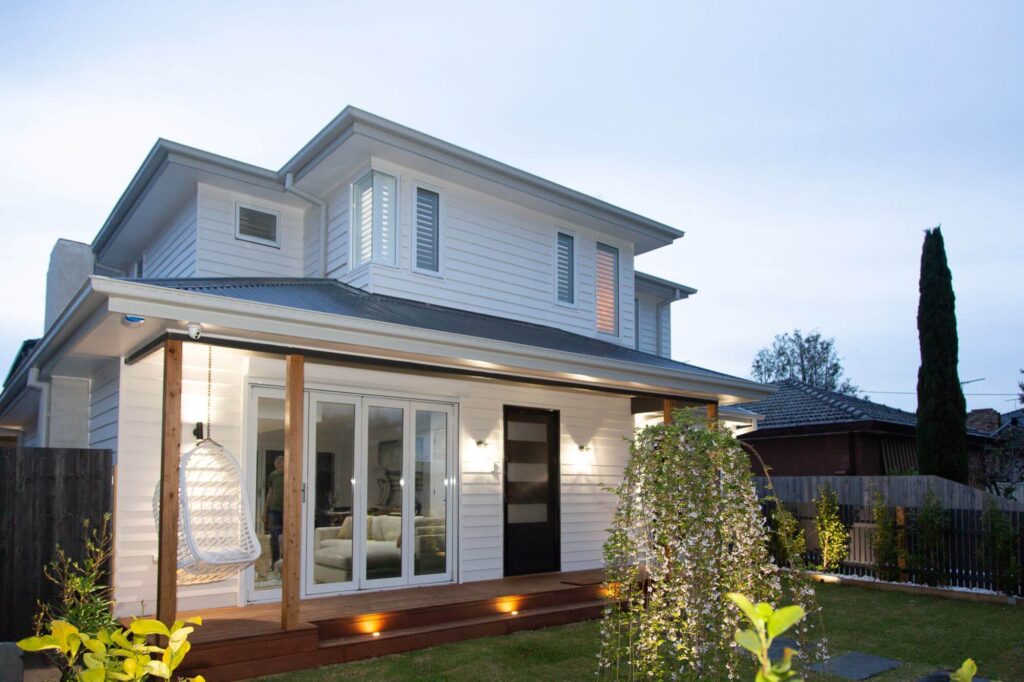
Subdividing your property isn’t just about creating more land — it’s about creating more value. Whether you’re subdividing to sell, build, or hold, the ultimate goal is to generate the highest possible return on your investment (ROI). But with rising construction costs, council red tape, and market fluctuations, it’s easy to leave money on the table.
At iSubdivide, we’ve helped hundreds of landowners unlock the full potential of their property — and we’ve learned that success comes down to smart planning, not just good luck.
Here’s how to maximise the ROI on your subdivision project, step by step.
1. Start with the End in Mind
Before you lodge any plans or hire a surveyor, ask yourself:
- Are you planning to sell the land after subdivision?
- Do you want to build and sell new dwellings?
- Or are you holding long-term for rental income?
Your exit strategy affects every decision — from design layout to financing. A duplex might suit one investor, while two vacant lots might be better for someone else.
✅ Tip: Choose a strategy that matches your financial goals, risk tolerance, and timeline.
2. Know What’s Possible — and Profitable
Not every subdivision will make money. Factors like zoning, overlays, slope, and service access can dramatically affect project costs and resale value. That’s why it’s critical to do a Site Assessment and Feasibility before spending a cent.
A proper assessment should answer:
- How many lots can I create?
- What are the expected development costs?
- What’s the approximate ROI?
✅ Solution: Use our Subdivision Calculator for a quick check — or get a professional Site Assessment and Feasibility to run the numbers in detail.
3. Design with the Buyer in Mind
Once you know your block’s potential, smart design is key. A poorly designed layout can kill resale value — even if it’s technically compliant.
Design tips to maximise ROI:
- Prioritise street-facing lots (they sell for more)
- Consider building behind an existing dwelling
- Maximise privacy and usable outdoor space
✅ Tip: Ask your planner or designer what type of layout will appeal most in your suburb.
4. Don’t Overcapitalise
Many landowners assume building the biggest possible house or adding high-end finishes will boost profit — but that’s not always true. If your build cost exceeds local market value, your ROI shrinks fast.
✅ Tip: Know your suburb’s ceiling price. Keep construction costs aligned with what buyers will pay.
5. Time It Right
The property market is cyclical. Timing your subdivision and sale (or rental) with the market can significantly impact your return.
Key timing factors include:
- Local buyer demand
- Interest rate movements
- Council processing times
- Construction timelines
✅ Tip: Speak to a local real estate agent or property strategist to align your project with peak demand.
6. Engage the Right Professionals Early
Poor advice (or late advice) can derail your project. Work with a team that understands subdivision from both planning and profit perspectives.
At iSubdivide, we connect you with experienced planners, surveyors, and consultants who focus on cost-effective, council-compliant, and profit-driven results.
7. Plan for All Costs — Not Just the Obvious Ones
Subdivision isn’t just permits and fencing. You’ll also need to factor in:
- Infrastructure charges
- Service connections
- Consultant fees
- Holding costs (rates, mortgage interest, etc.)
✅ Ready to Maximise Your Return?
Before you commit to anything, check your potential costs. Our free Subdivision Calculator gives you approximate costs to engage iSubdivide to obtain the relevant permits and also takes into consideration your third party fees.
Want a more detailed plan? Order a customised Site Assessment Report tailored to your goals, council, and block.
📥 Download our FREE Victorian Residential Subdivision Checklist to stay organised and avoid costly mistakes.
Need expert help?
We’re here to simplify the process, help you maximise your return, and avoid expensive errors. Talk to the iSubdivide team today — and turn your land into a smarter investment.
